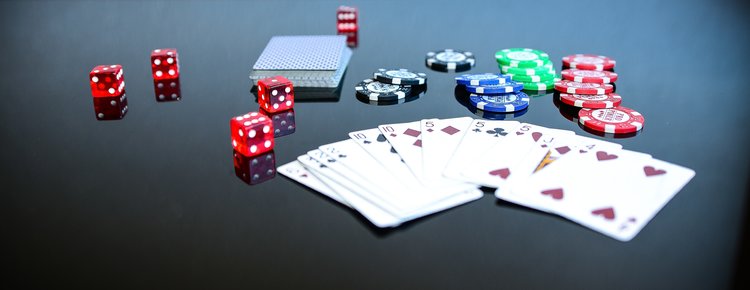Yesterday I won a Rug Doctor.
Yes—a professional carpet cleaner.
How? In a poker tournament, of course.
I got pulled into the annual charity poker tourney run by the people over at Sam’s Club HQ.
Funnily enough, the last time I played poker was in middle school.
So how did I come in 3rd?
I use a little behavioral science mind-trickery on everyone.
Here was my basic strategy:
My first priority was to give people as little information about my cards as possible
I did this by maintaining a creepy, deadpan facial expression the entire time.
I actually brought sunglasses to the tournament, but, at the last minute, I decided not to wear them (it would have been too much).
My standard blank expression was good enough.
My second priority was to give people as little information about my strategy as possible
I didn’t want the other players to know when I had received a good hand… so I made sure to make huge opening bets on an equal number of bad and good hands. This made my opening bet a useless piece of info for my opponents. After all, half the time my hands were A+ and half the time they were C-.
This allowed me to reel more and more players into the second round of betting. If I had only put down large 1st round bets when my hands were good, the other players would have learned to fold immediately when I bet big early on.
However, since my first round bet was a noisy signal, I was able to get a decent number of my opponents to match my first-round bets and follow me into the second round.
And, because they bet a bunch of money in the first round, they were less likely to fold in the second round. In behavioral science terms: they were trapped by loss aversion and sunk cost fallacy.
“I already bet $400… do I really want to lose that by folding?”
This meant that they were more likely to stay in and match my large bets in the 3rd and 4th rounds.
And one or two of these huge wins more than made up for all my “wasteful” bad-hand bets.
Finally, I made sure to throw out big bets when I knew the next person in-line was likely to give-up/fold their cards.
The entire idea was to create as much of a ripple effect as possible. When one person throws down their cards in frustration, it has a chilling effect on the other players. It increases the likelihood they’ll fold, too. Herd behavior in action.
I repeated the above strategies over and over and over and… voila! It did some damage.
I doubt my tricks would have worked on true pros… but, at a charity poker tourney, they were strong enough to get me into the finals.
And, hey—a Rug Doctor ain’t bad.





